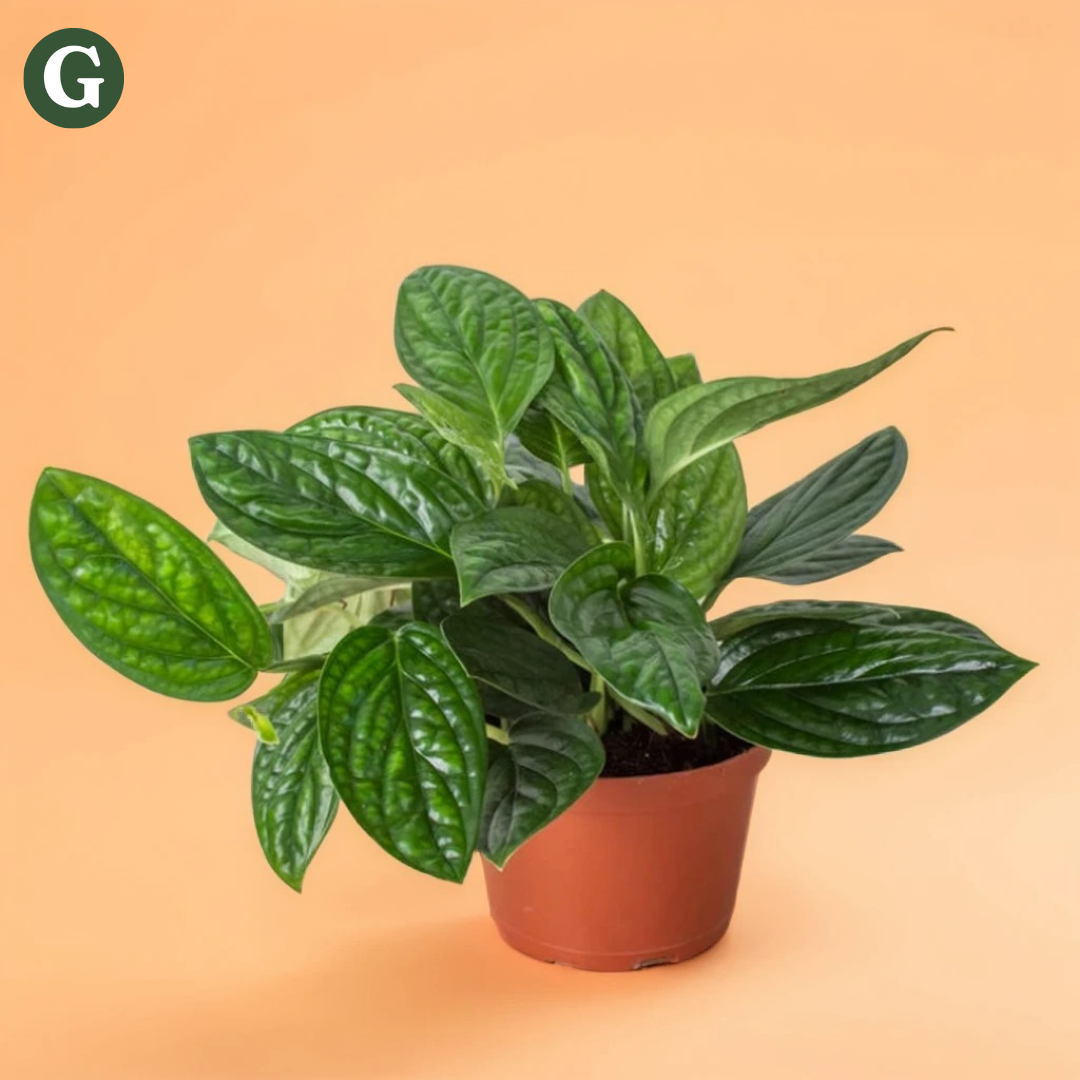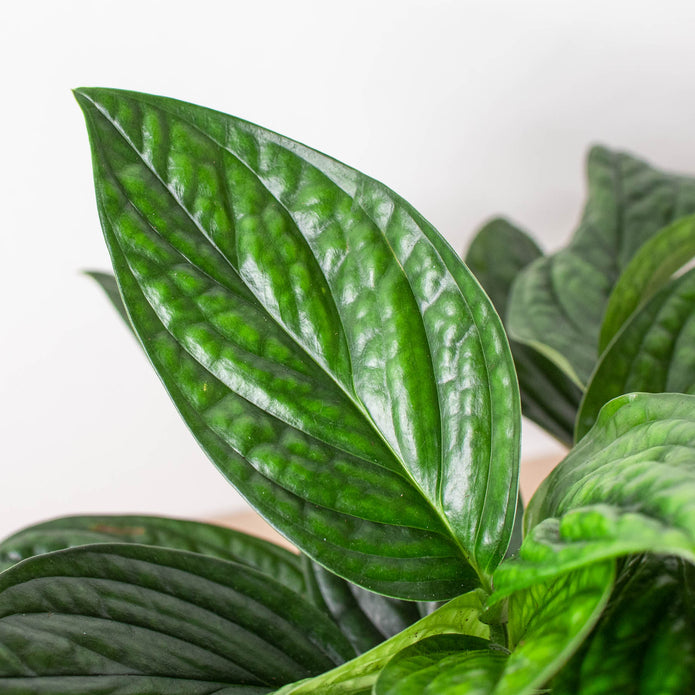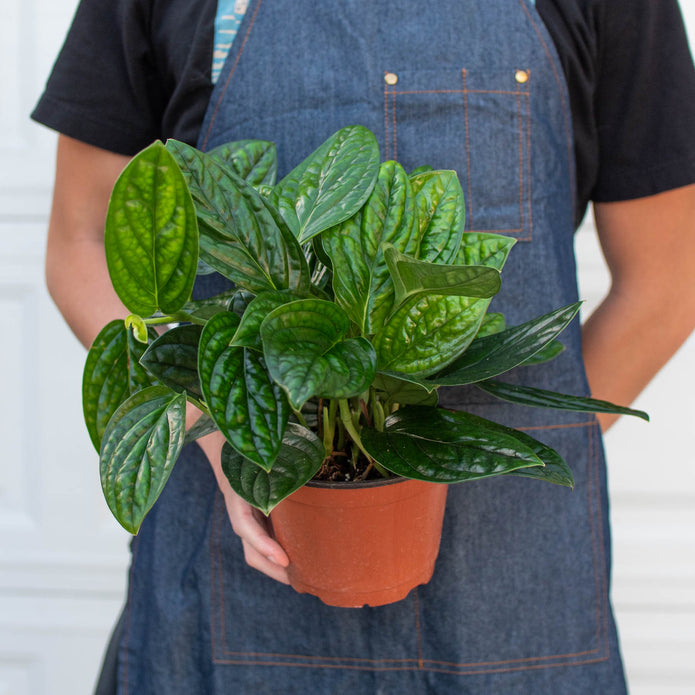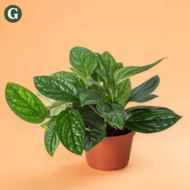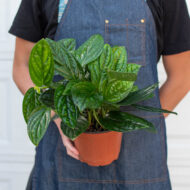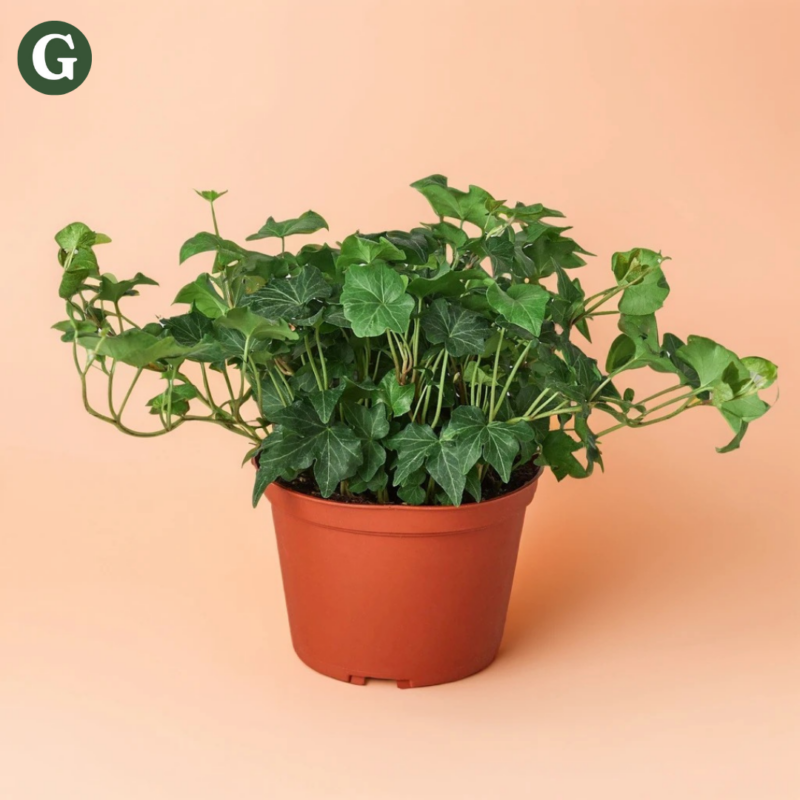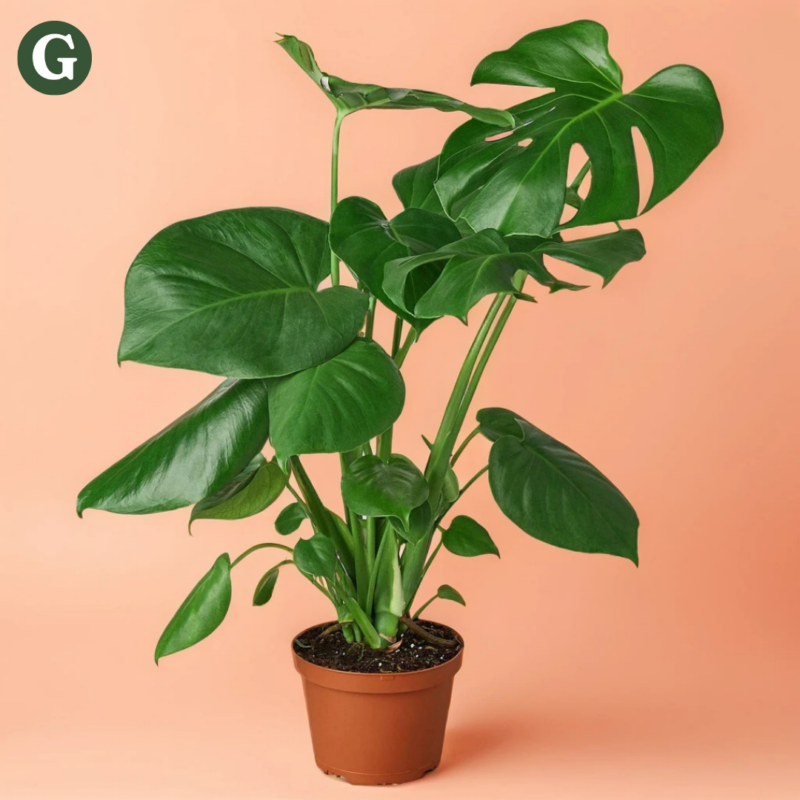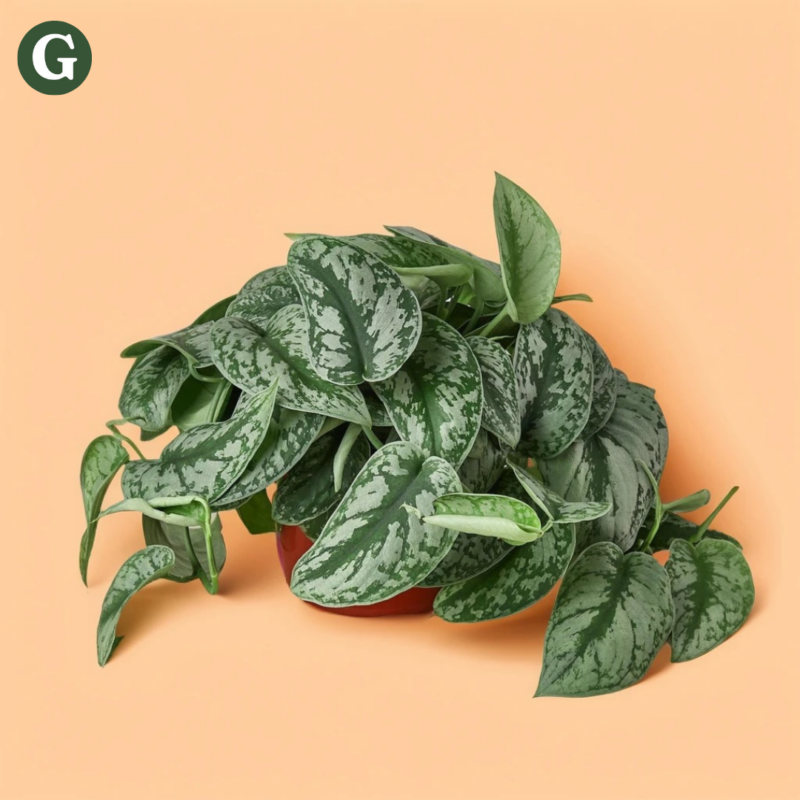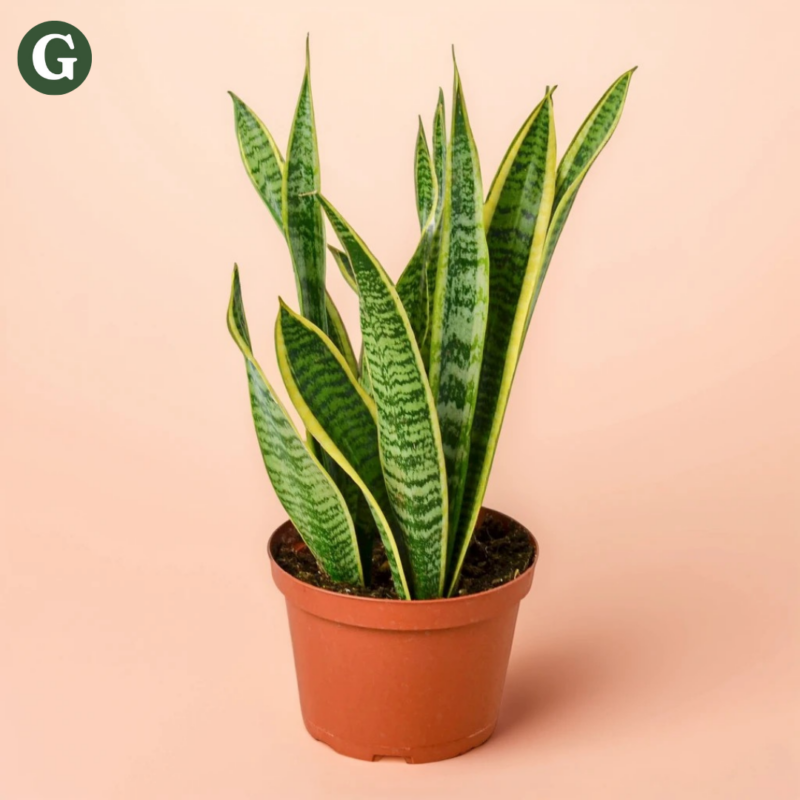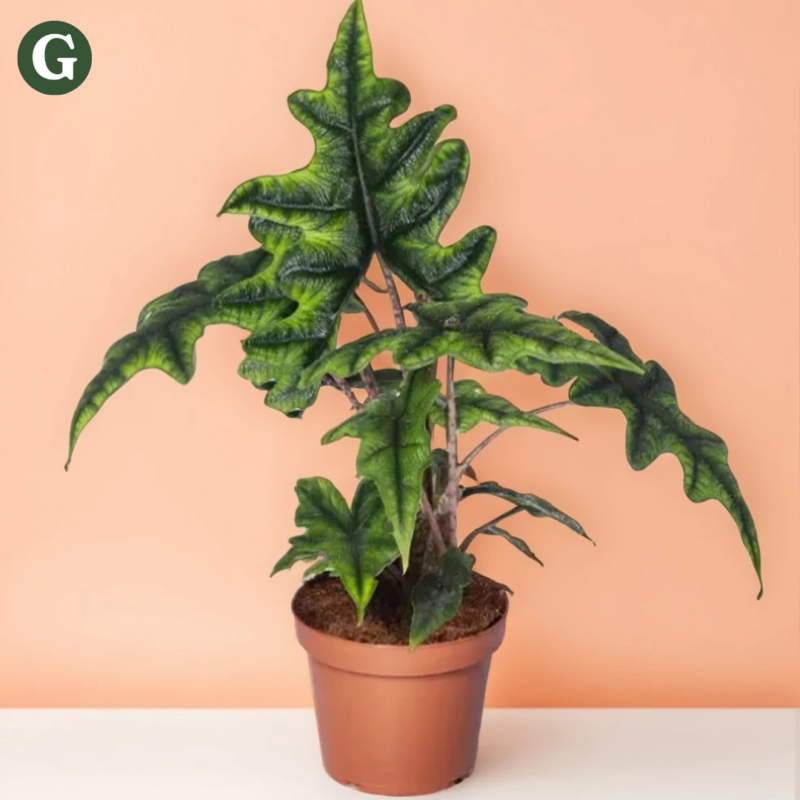Monstera Peru
Botanical Name: Monstera karstenianum
Common Name(s): Monstera Peru, Monstera Karstenianum
The Monstera Peru is a striking and unique variety of the Monstera family, known for its textured, elongated leaves with deep veins and a leathery, almost waxy appearance. Unlike its more famous relatives like the Monstera deliciosa, Monstera Peru does not have large fenestrated leaves but instead features narrow, dark green leaves with raised, deeply grooved veins running vertically along the surface, giving it a distinct, rugged look. Its unique foliage and slower-growing nature make it an appealing choice for collectors or anyone looking for a standout plant with a tropical flair.
Native to the tropical regions of Central and South America, Monstera Peru thrives in warm, humid environments, making it an excellent choice for indoor spaces. It can grow as a climbing vine or be trained to trail, adding a lush, green element to any room. Monstera Peru is relatively easy to care for, growing well in bright, indirect light. While it can tolerate lower light, growth will slow, and the plant may lose some of its vibrant green color. To maintain healthy growth and the textured look of the leaves, providing bright, indirect light is best.
This Monstera prefers well-draining soil that stays slightly moist. Water the plant when the top inch of soil feels dry, but be careful not to overwater, as this can lead to root rot. Monstera Peru enjoys higher humidity levels, and it will benefit from occasional misting or being placed near a humidifier to mimic its native rainforest environment.
Air Purifying Qualities: Like other Monsteras, The Monstera Peru has air-purifying properties, helping to filter out toxins from the air, such as formaldehyde and benzene. Its presence in the home can improve air quality and create a fresher living environment by absorbing carbon dioxide and releasing oxygen.
Note: The Monstera Peru contains calcium oxalate crystals, making it mildly toxic to pets and humans if ingested. This can cause irritation or discomfort in the mouth, throat, and digestive system. It’s essential to keep this plant out of reach of pets and children to ensure safety.
Care Insights & Expert Tips
- Support and Growth Pattern: As a climbing plant, it benefits from a moss pole or trellis, which will allow the plant to produce larger leaves with more pronounced fenestrations.
- Fertilizing Details: Use a balanced, diluted liquid fertilizer every 4-6 weeks in spring and summer. Avoid fertilizing in winter when growth slows. Too much fertilizer can lead to salt buildup, so flush the soil every few months.
- Pruning Techniques: Trim any yellow, damaged, or overly long vines to encourage a bushier shape. Clean pruning shears with rubbing alcohol before and after pruning to prevent disease spread.
- Pest Management: Regularly inspect for pests like spider mites, scale, and mealybugs, which are attracted to the large leaves. Wipe the leaves with a damp cloth once a month and treat any infestations with neem oil or insecticidal soap. Spider mites, in particular, thrive in dry environments, so keeping humidity high can prevent them.

Visit our plant care library
Find essential tips to keep your plants thriving, vibrant, and healthy.
